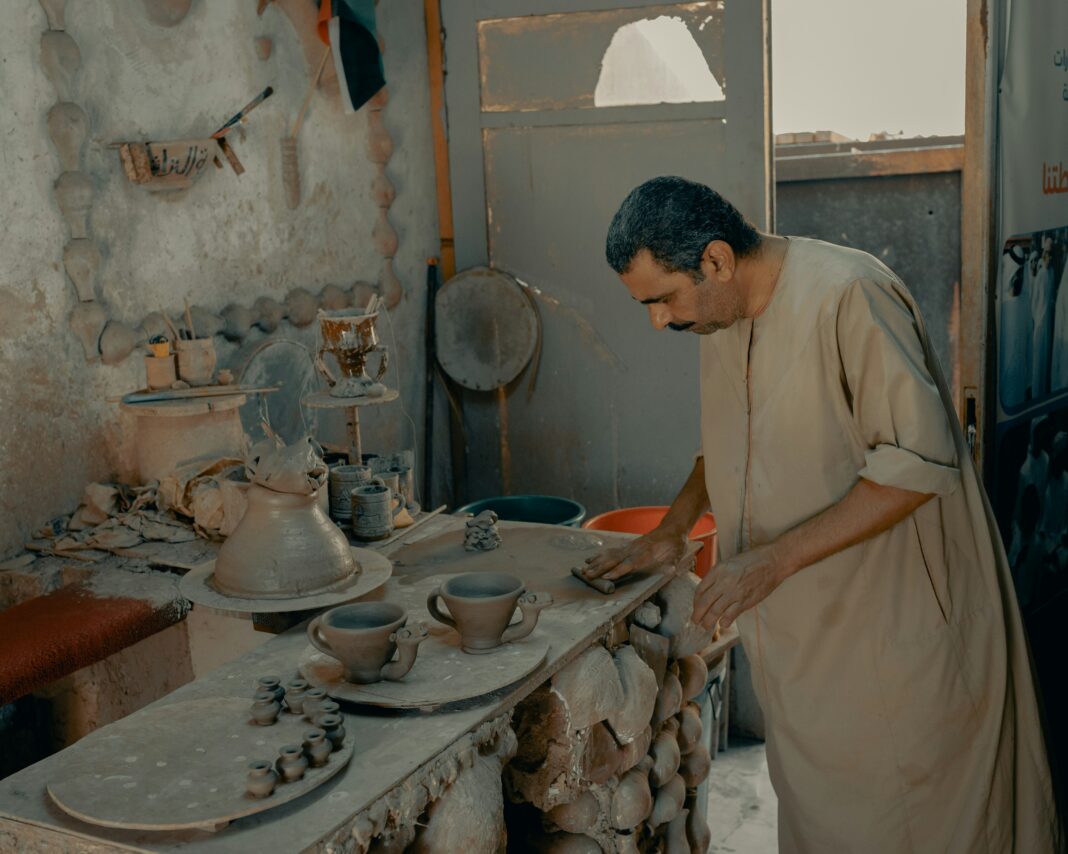The Middle East has a rich history and culture – arguably still one of the most cultural places left in the world. Did we answer the question in the article too early? Probably, but there’s more to it than simply saying there’s culture left in the Middle East. It’s about learning how that culture still seeps into the rest of the globe. Read on to find out.
Ancient Marvels
Some of the most celebrated architectural wonders are in the Middle East. The Pyramids of Giza, the Dome of the Rock, and Petra bear witness to a rich past in this part of the world. These sites attract millions of tourists annually, but more importantly, they’re a testament to what this region has offered humans since time immemorial.
Modern cities like Dubai or Abu Dhabi pay tribute to tradition through contemporary designs with a touch of olden days. This fusion can be seen in constructions where Islamic geometric patterns and calligraphy form part of modern designs.
Preserving Traditional Arts
Middle Eastern culture has always placed great value on traditional arts and crafts. Examples include hand-woven carpeting, intricate pottery making, fine metalwork, delicate designs on ornaments like the Havdalah set, and so many more. We could spend an entire article discussing how the Middle East has preserved its which have been practiced for generations. These crafts often pass through generations, preventing their skills from dying and keeping in modern Middle Eastern art.
Recently, there has been renewed interest in conserving these traditional art forms as artisans attempt to modernize their work without compromising their importance within their own cultures.
Music and Dance
Music and dance are essential parts of culture in the Middle East that reflect its diversity and its historical background. Their music includes soulful melodies played by ouds during ceremonies like weddings or funerals, incorporating rhythmic beats produced by darbukas during parties. And the funerals are still parties. Dance styles like belly dancing or babka entertain all through the night.
Slightly more modern, Middle Eastern musicians have been combining traditional sounds with contemporary genres to create a fusion that appeals to younger listeners. This change in music ensures that while style may evolve, the core of Middle Eastern music will always be intact.
Cultural Practices and Rituals
Cultural practices and rituals play an important role in everyday life for most people living in the Middle East. For instance, religious ceremonies and family gatherings are important ways of building community spirit within people. An example is Havdalah, which marks the end of the Sabbath with a set of rituals performed using a Havdalah set. It shows how unique this region is with the cultural diversity displayed through various religious practices.
During festivals like Ramadan, Eid, Nowruz, or any other local celebrations, families come together in celebration. Traditional foods served at these events are from generations ago – you can imagine how incredible the smells and flavors are. These cultural practices continue even today despite the intrusion of Western culture into their societies. We’d say the Middle East has been one of the least affected by Western influences.
The Middle East remains a haven of cultural riches – that’s something that’ll never change. The staying power of these traditional works of art, songs, dances, and customs is something not many countries still honor as passionately. The Middle East and Asia still use tradition and culture to dominate modern life.
